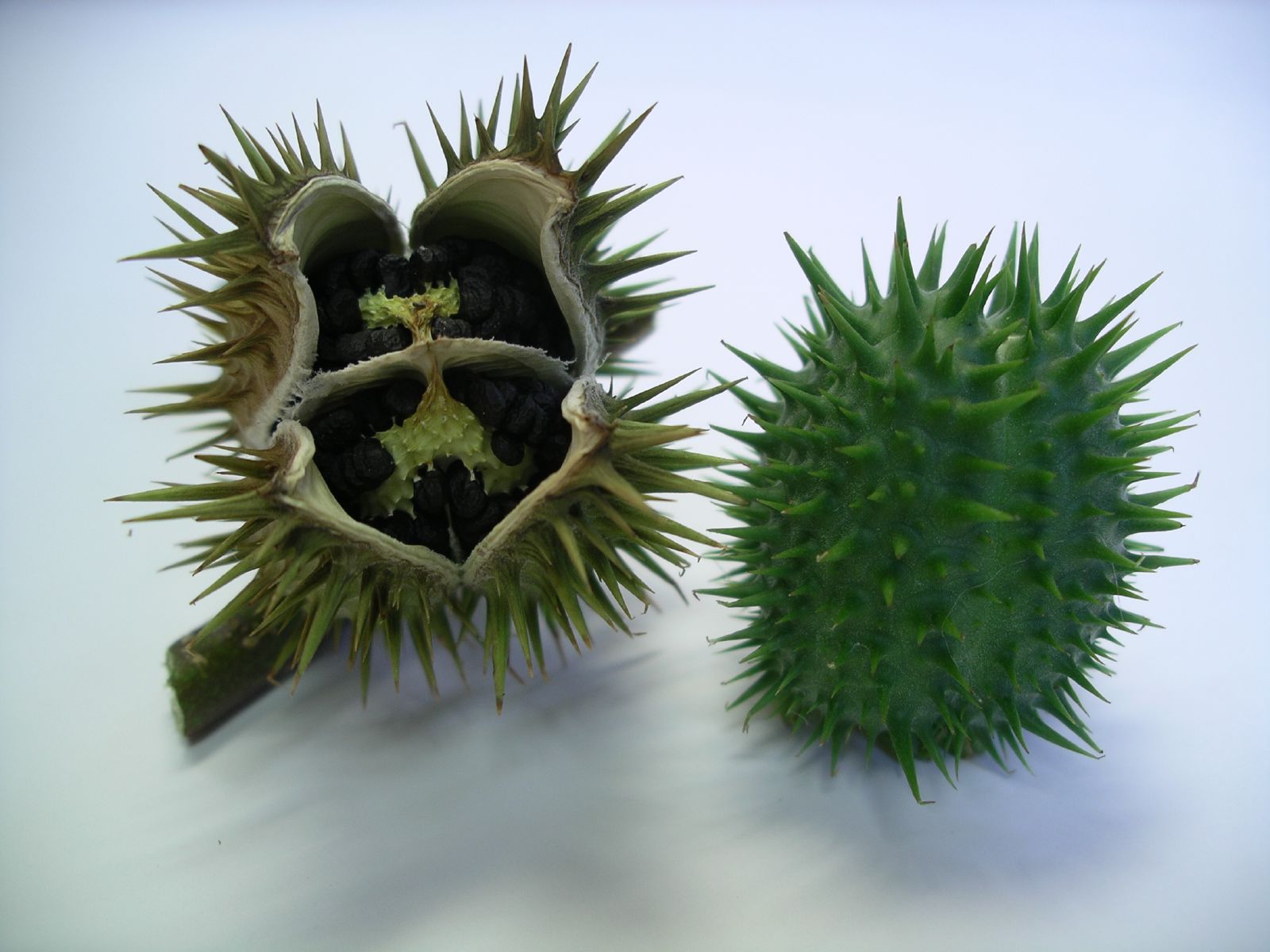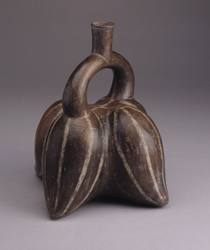|
Tuta Absoluta
''Tuta absoluta'' is a species of moth in family Gelechiidae known by the common names South American tomato pinworm, tomato leafminer, tomato pinworm and South American tomato moth. It is well known as a serious pest of tomato crops in Europe, Africa, western Asia and South and Central America, with larvae causing up to 100% loss if not effectively controlled. Naming history ''T. absoluta'' was originally described in 1917 by Edward Meyrick as ''Phthorimaea absoluta'', based on individuals collected from Huancayo (Peru). Later, the pest was reported as ''Gnorimoschema absoluta'', ''Scrobipalpula absoluta'' (Povolný), or ''Scrobipalpuloides absoluta'' (Povolný), but was finally described under the genus ''Tuta'' as ''T. absoluta'' by Povolný in 1994.< Biology [...More Info...] [...Related Items...] OR: [Wikipedia] [Google] [Baidu] |
Edward Meyrick
Edward Meyrick (25 November 1854, in Ramsbury – 31 March 1938, at Thornhanger, Marlborough) was an English schoolmaster and amateur entomologist. He was an expert on microlepidoptera and some consider him one of the founders of modern microlepidoptera systematics. Life and work Edward Meyrick came from a Welsh clerical family and was born in Ramsbury on the Kennet to a namesake father. He was educated at Marlborough College and Trinity College, Cambridge. He actively pursued his hobby during his schooling, and one colleague stated in 1872 that Meyrick "has not left a lamp, a paling, or a tree unexamined in which a moth could possibly, at any stage of its existence, lie hid." Meyrick began publishing notes on microlepidopterans in 1875, but when in December, 1877 he gained a post at The King's School, Parramatta, New South Wales, there were greater opportunities for indulging his interest. He stayed in Australia for ten years (from 1877 until the end of 1886) working at Syd ... [...More Info...] [...Related Items...] OR: [Wikipedia] [Google] [Baidu] |
Cell Press
Cell Press is an all-science publisher of over 50 scientific journals across the life, physical, earth, and health sciences, both independently and in partnership with scientific societies. Many of Cell Press's journals are among the most reputable in their fields. Cell Press was founded and is currently based in Cambridge, MA, and has offices across the United States, Europe, and Asia under its parent company Elsevier. History Benjamin Lewin founded ''Cell'' in January 1974, under the aegis of MIT Press. He then bought the title and established an independent Cell Press in 1986. The company spun off new journals as follows: ''Neuron'' in March 1988; ''Immunity'' in April 1994; and ''Molecular Cell'' in December 1997. Benjamin Lewin left in October 1999, after having sold Cell Press to Elsevier the previous April. Since that time, Cell Press has launched a number of new titles: ''Developmental Cell'' in July 2001; ''Cancer Cell'' in February 2002; ''Cell Metabolism'' in Janua ... [...More Info...] [...Related Items...] OR: [Wikipedia] [Google] [Baidu] |
Oviposition
The ovipositor is a tube-like organ used by some animals, especially insects, for the laying of eggs. In insects, an ovipositor consists of a maximum of three pairs of appendages. The details and morphology of the ovipositor vary, but typically its form is adapted to functions such as preparing a place for the egg, transmitting the egg, and then placing it properly. For most insects, the organ is used merely to attach the egg to some surface, but for many parasitic species (primarily in wasps and other Hymenoptera), it is a piercing organ as well. Some ovipositors only retract partly when not in use, and the basal part that sticks out is known as the scape, or more specifically oviscape, the word ''scape'' deriving from the Latin word '' scāpus'', meaning "stalk" or "shaft". In insects Grasshoppers use their ovipositors to force a burrow into the earth to receive the eggs. Cicadas pierce the wood of twigs with their ovipositors to insert the eggs. Sawflies slit the ... [...More Info...] [...Related Items...] OR: [Wikipedia] [Google] [Baidu] |
Malvaceae
Malvaceae, or the mallows, is a family of flowering plants estimated to contain 244 genera with 4225 known species. Well-known members of economic importance include okra, cotton, cacao and durian. There are also some genera containing familiar ornamentals, such as ''Alcea'' (hollyhock), ''Malva'' (mallow), and ''Tilia'' (lime or linden tree). The largest genera in terms of number of species include ''Hibiscus'' (300 species), ''Sterculia'' (250 species), ''Dombeya'' (250 species), '' Pavonia'' (200 species) and '' Sida'' (200 species). Taxonomy and nomenclature The circumscription of the Malvaceae is controversial. The traditional Malvaceae '' sensu stricto'' comprise a very homogeneous and cladistically monophyletic group. Another major circumscription, Malvaceae ''sensu lato'', has been more recently defined on the basis that genetics studies have shown the commonly recognised families Bombacaceae, Tiliaceae, and Sterculiaceae, which have always been considered closely allie ... [...More Info...] [...Related Items...] OR: [Wikipedia] [Google] [Baidu] |
Fabaceae
The Fabaceae or Leguminosae,International Code of Nomenclature for algae, fungi, and plants. Article 18.5 states: "The following names, of long usage, are treated as validly published: ....Leguminosae (nom. alt.: Fabaceae; type: Faba Mill. Vicia L.; ... When the Papilionaceae are regarded as a family distinct from the remainder of the Leguminosae, the name Papilionaceae is conserved against Leguminosae." English pronunciations are as follows: , and . commonly known as the legume, pea, or bean family, are a large and agriculturally important of |
Convolvulaceae
Convolvulaceae (), commonly called the bindweeds or morning glories, is a family of about 60 genera and more than 1,650 species. These species are primarily herbaceous vines, but also include trees, shrubs and herbs. The tubers of several species are edible, the best known of which is the sweet potato. Description Convolvulaceae can be recognized by their funnel-shaped, radially symmetrical corolla; the floral formula for the family has five sepals, five fused petals, five epipetalous stamens (stamens fused to the petals), and a two-part syncarpous and superior gynoecium. The stems of these plants are usually winding, hence their Latin name (from ''convolvere'', "to wind"). The leaves are simple and alternate, without stipules. In parasitic Cuscuta (dodder) they are reduced to scales. The fruit can be a capsule, berry, or nut, all containing only two seeds per one locule (one ovule/ovary). The leaves and starchy, tuberous roots of some species are used as foodstuffs (e.g. ... [...More Info...] [...Related Items...] OR: [Wikipedia] [Google] [Baidu] |
Amaranthaceae
Amaranthaceae is a family of flowering plants commonly known as the amaranth family, in reference to its type genus ''Amaranthus''. It includes the former goosefoot family Chenopodiaceae and contains about 165 genera and 2,040 species, making it the most species-rich lineage within its parent order, Caryophyllales. Description Vegetative characters Most species in the Amaranthaceae are annual or perennial herbs or subshrubs; others are shrubs; very few species are vines or trees. Some species are succulent. Many species have stems with thickened nodes. The wood of the perennial stem has a typical "anomalous" secondary growth; only in subfamily Polycnemoideae is secondary growth normal. The leaves are simple and mostly alternate, sometimes opposite. They never possess stipules. They are flat or terete, and their shape is extremely variable, with entire or toothed margins. In some species, the leaves are reduced to minute scales. In most cases, neither basal nor terminal aggrega ... [...More Info...] [...Related Items...] OR: [Wikipedia] [Google] [Baidu] |
Solanum Nigrum
''Solanum nigrum'', the European black nightshade or simply black nightshade or blackberry nightshade, is a species of flowering plant in the genus ''Solanum'', native to Eurasia and introduced in the Americas, Australasia, and South Africa. Ripe berries and cooked leaves of edible strains are used as food in some locales, and plant parts are used as a traditional medicine. A tendency exists in literature to incorrectly refer to many of the other "black nightshade" species as "''Solanum nigrum''". ''Solanum nigrum'' has been recorded from deposits of the Paleolithic and Mesolithic era of ancient Britain and it is suggested by the botanist and ecologist Edward Salisbury that it was part of the native flora there before Neolithic agriculture emerged. The species was mentioned by Pliny the Elder in the first century AD and by the great herbalists, including Dioscorides. In 1753, Carl Linnaeus described six varieties of ''Solanum nigrum'' in ''Species Plantarum''. Description Black ... [...More Info...] [...Related Items...] OR: [Wikipedia] [Google] [Baidu] |
Lycium Chilense
''Lycium'' is a genus of flowering plants in the nightshade family, Solanaceae. The genus has a disjunct distribution around the globe, with species occurring on most continents in temperate and subtropical regions. South America has the most species, followed by North America and southern Africa. There are several scattered across Europe and Asia, and one is native to Australia.Fukuda, T., et al. (2001)Phylogeny and biogeography of the genus ''Lycium'' (Solanaceae): Inferences from chloroplast DNA sequences. ''Molecular Phylogenetics and Evolution'' 19(2), 246-58. Common English names for plants of this genus include box-thorn''Lycium''. The Jepson eFlora 2013. and desert-thorn. There are about 70 to 80 [...More Info...] [...Related Items...] OR: [Wikipedia] [Google] [Baidu] |
Datura Stramonium
''Datura stramonium'', known by the common names thorn apple, jimsonweed (jimson weed), devil's snare, or devil's trumpet, is a poisonous flowering plant of the nightshade family Solanaceae. It is a species belonging to the ''Datura'' genus and '' Daturae'' tribe. Its likely origin was in Central America, and it has been introduced in many world regions. It is an aggressive invasive weed in temperate climates across the world. ''D. stramonium'' has frequently been employed in traditional medicine to treat a variety of ailments. It has also been used as a hallucinogen (of the anticholinergic/antimuscarinic, deliriant type), taken entheogenically to cause intense, sacred or occult visions.Schultes, Richard Evans; Albert Hofmann (1979). ''Plants of the Gods: Origins of Hallucinogenic Use'' New York: McGraw-Hill. . It is unlikely ever to become a major drug of abuse owing to effects upon both mind and body frequently perceived as being highly unpleasant, giving rise to a state of ... [...More Info...] [...Related Items...] OR: [Wikipedia] [Google] [Baidu] |
Nicotiana Tabacum
''Nicotiana tabacum'', or cultivated tobacco, is an annually grown herbaceous plant of the ''Nicotiana'' genus. The plant is tropical in origin, is commonly grown throughout the world, and is often found in cultivation. It grows to heights between 1 and 2 meters (3' to 6'). Research is ongoing into its ancestry among wild ''Nicotiana'' species, but it is believed to be a hybrid of ''Nicotiana sylvestris'', '' Nicotiana tomentosiformis'', and possibly '' Nicotiana otophora''. It is the most commonly grown of all plants in the genus ''Nicotiana,'' the plants' leaves commercially grown to be processed into tobacco. Description It is an annual plant that grows high and is sticky hairy on all parts. The stems are thick and not very branched. The leaves can be over long with the blades ovate to elliptical, or obovate, pointed towards the front and, at the base, run down the stem or are sessile, encompassing the stem. The scented inflorescences are multi-branched panicles. The flow ... [...More Info...] [...Related Items...] OR: [Wikipedia] [Google] [Baidu] |
Solanum Muricatum
''Solanum muricatum'' is a species of evergreen shrub native to South America and grown for its sweet edible fruit. It is known as ''pepino dulce'' ("sweet cucumber" in English, in order to differentiate it from cucumber which is also called "pepino" in Spanish) or simply pepino; the latter is also used for similar species such as ''" S. mucronatum"'' (which actually seems to belong in the related genus ''Lycianthes''). The pepino dulce fruit resembles a melon (''Cucumis melo'') in color, and its flavor recalls a succulent mixture of honeydew and cucumber, and thus it is also sometimes called pepino melon or melon pear. Another common name, "tree melon", is more often used for the papaya (''Carica papaya'') though the pepino dulce plant generally does not look much like a tree; it looks more like a ground cover, trailing plant. The present species is, however, a close relative of other nightshades cultivated for their fruit, including the tomato (''S. lycopersicum'') and th ... [...More Info...] [...Related Items...] OR: [Wikipedia] [Google] [Baidu] |







